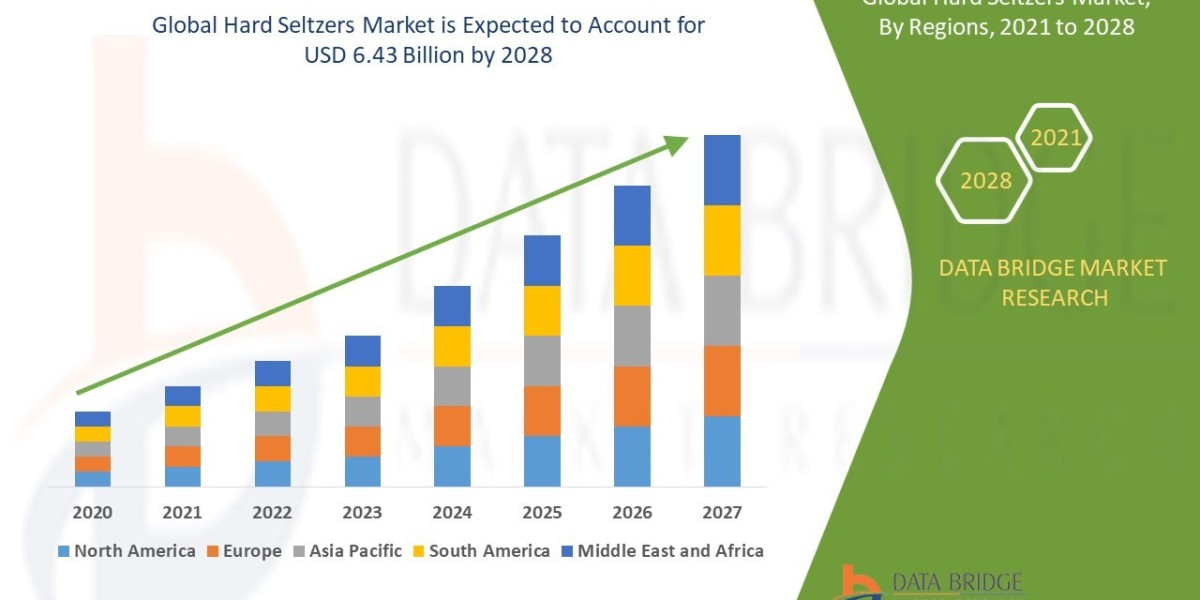This comprehensive guide explores everything you need to know about application development—from its importance to the latest trends shaping the industry.
What is Application Development?
Application development refers to the process of designing, creating, testing, and deploying software applications that run on devices such as smartphones, tablets, desktops, and cloud platforms. It combines creativity, technical expertise, and problem-solving to turn an idea into a working digital product.
The process involves several stages:
Planning: Understanding requirements, defining objectives, and outlining features.
Design: Creating wireframes, prototypes, and user interface designs.
Development: Writing the code and building the app’s functionality.
Testing: Checking for bugs, errors, and performance issues.
Deployment: Launching the app for users.
Maintenance: Updating, improving, and securing the application over time.
This cycle ensures that applications are user-friendly, functional, and aligned with business or personal needs.
Why Application Development Matters Today
The importance of application development goes beyond just creating software. Applications are now central to how we live and work. Here are a few reasons why application development is so vital in today’s world:
Business Growth: Companies use applications to reach more customers, streamline operations, and expand globally.
Customer Experience: Apps provide personalized, fast, and user-friendly solutions.
Automation: Applications reduce manual work, saving time and costs.
Scalability: Businesses can easily expand services by upgrading or customizing applications.
Innovation: Many groundbreaking ideas, from ride-sharing platforms to online education, were born through application development.
In short, application development is the foundation of digital transformation across industries.
Types of Application Development
Application development isn’t a one-size-fits-all process. Depending on the platform, business goals, and target audience, apps can take different forms:
1. Mobile Application Development
Mobile apps are designed for smartphones and tablets. They can be native (built for a specific operating system like iOS or Android) or hybrid (cross-platform). Popular examples include WhatsApp, Instagram, and mobile banking apps.
2. Web Application Development
Web apps run on browsers and can be accessed on any device with internet connectivity. Examples include Gmail, Google Docs, and e-commerce platforms like Amazon.
3. Desktop Application Development
These are traditional applications installed on personal computers or laptops. Examples include Microsoft Office, Photoshop, and Zoom desktop versions.
4. Enterprise Application Development
Large-scale applications designed for businesses to handle operations, data management, and communication. Examples include ERP systems and CRM software.
5. Cloud Application Development
Cloud apps run on remote servers and are accessible via the internet. This allows scalability and remote access. Examples include Dropbox and Slack.
Key Technologies in Application Development
Modern application development leverages a wide range of tools, frameworks, and technologies:
Programming Languages: Java, Python, C#, Swift, JavaScript.
Frameworks: React Native, Angular, Flutter, Django.
Databases: MySQL, MongoDB, Firebase.
Cloud Services: AWS, Microsoft Azure, Google Cloud.
DevOps Tools: Docker, Jenkins, Kubernetes for faster and continuous development.
These technologies ensure efficiency, scalability, and high performance in application development projects.
Trends Shaping the Future of Application Development
As technology evolves, so does the world of application development. Some of the most significant trends include:
1. Artificial Intelligence and Machine Learning
Applications are becoming smarter with AI-powered features like voice assistants, chatbots, and predictive analytics.
2. Low-Code and No-Code Development
Platforms that allow users with little or no coding knowledge to create applications quickly are gaining popularity.
3. Cross-Platform Development
Businesses prefer building apps that work seamlessly on both iOS and Android, reducing development costs and time.
4. Cloud-Native Applications
More companies are adopting cloud-based apps for scalability, flexibility, and cost-effectiveness.
5. Cybersecurity Focus
As cyber threats increase, developers are integrating advanced security features into applications to protect sensitive data.
6. IoT Integration
With the rise of smart devices, applications are increasingly designed to connect and control IoT-enabled devices like wearables, smart homes, and cars.
Challenges in Application Development
While the opportunities are immense, developers also face challenges:
High User Expectations: Users demand seamless performance and intuitive design.
Security Risks: Protecting data from cyber threats is a top priority.
Compatibility Issues: Ensuring apps run smoothly on different devices and platforms.
Constant Updates: Technology evolves quickly, requiring frequent upgrades.
Time and Cost: Complex projects may require significant resources.
Despite these challenges, businesses that invest in effective application development gain a long-term competitive edge.
The Role of Developers in Shaping the Digital Era
Today’s application developers are more than coders—they are digital problem solvers. They must balance creativity, technical expertise, and business goals to build meaningful solutions. Future developers will need to embrace AI, cloud computing, and automation while keeping user needs at the center of every project.
Final Thoughts
Application development is not just about writing code—it’s about creating solutions that transform how people live and businesses operate. From small startups building mobile apps to global enterprises developing complex systems, the demand for innovative applications is only growing.






